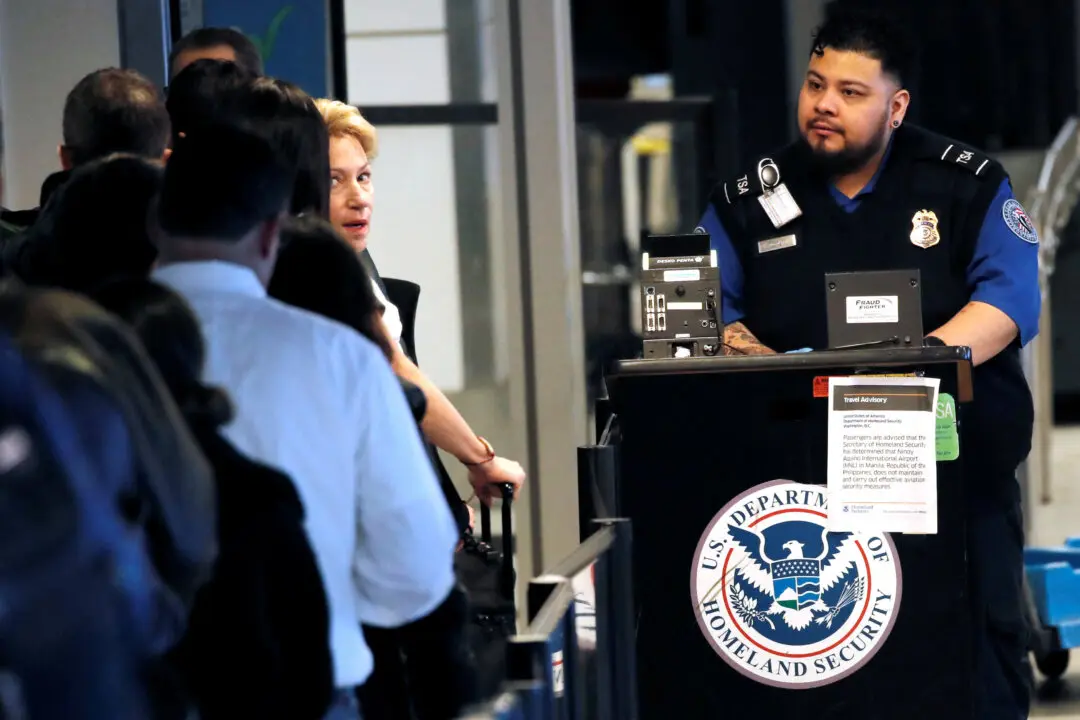LONDON—The dollar sank to a two-month low on Wednesday ahead of a key read of U.S. inflation, while sterling hit 15-month highs after wage growth data fed expectations that the Bank of England (BoE) has further to go in raising rates.
The yen strengthened past 140 to the dollar for the first time in a month, helped by growing expectations that the Bank of Japan (BOJ) will unveil changes to its ultra-low interest-rate policy at this month’s meeting.





